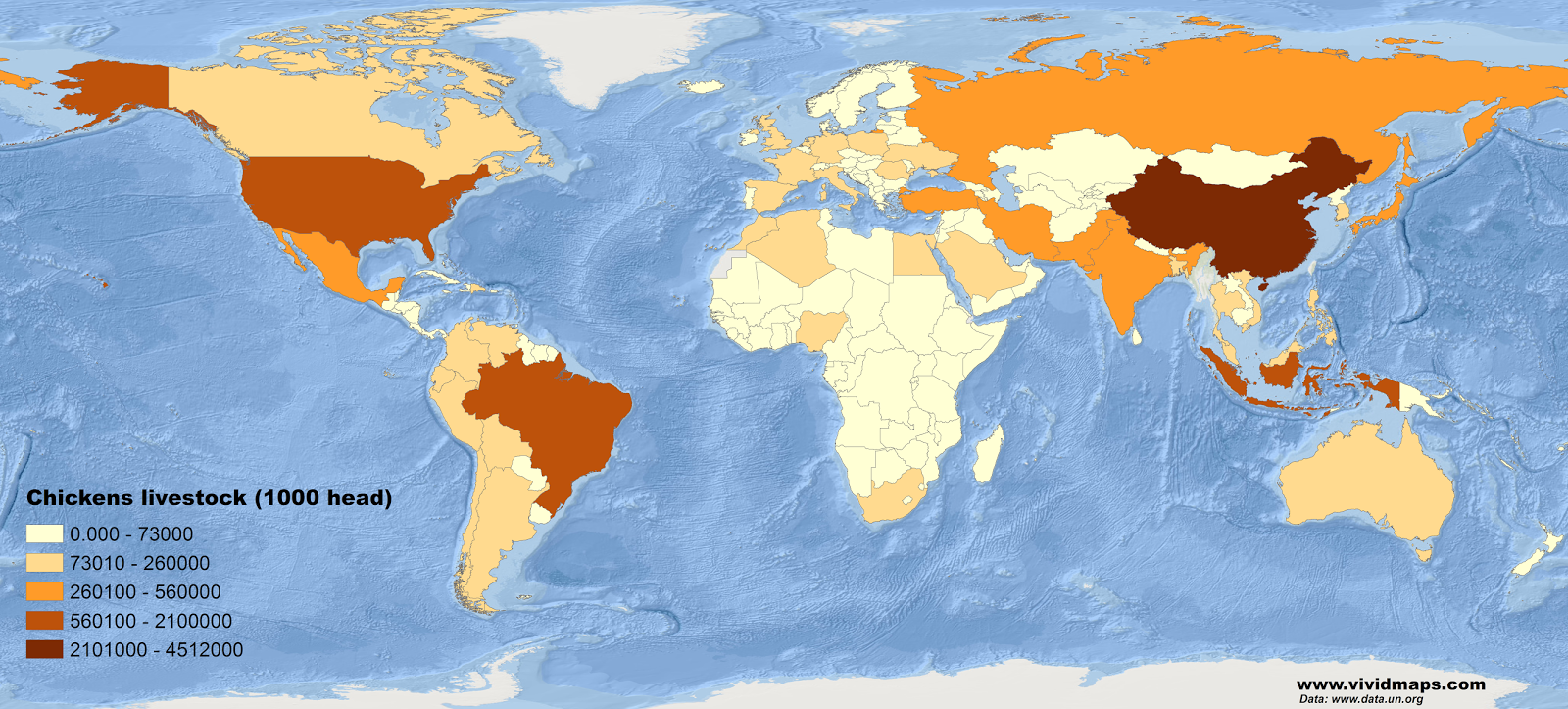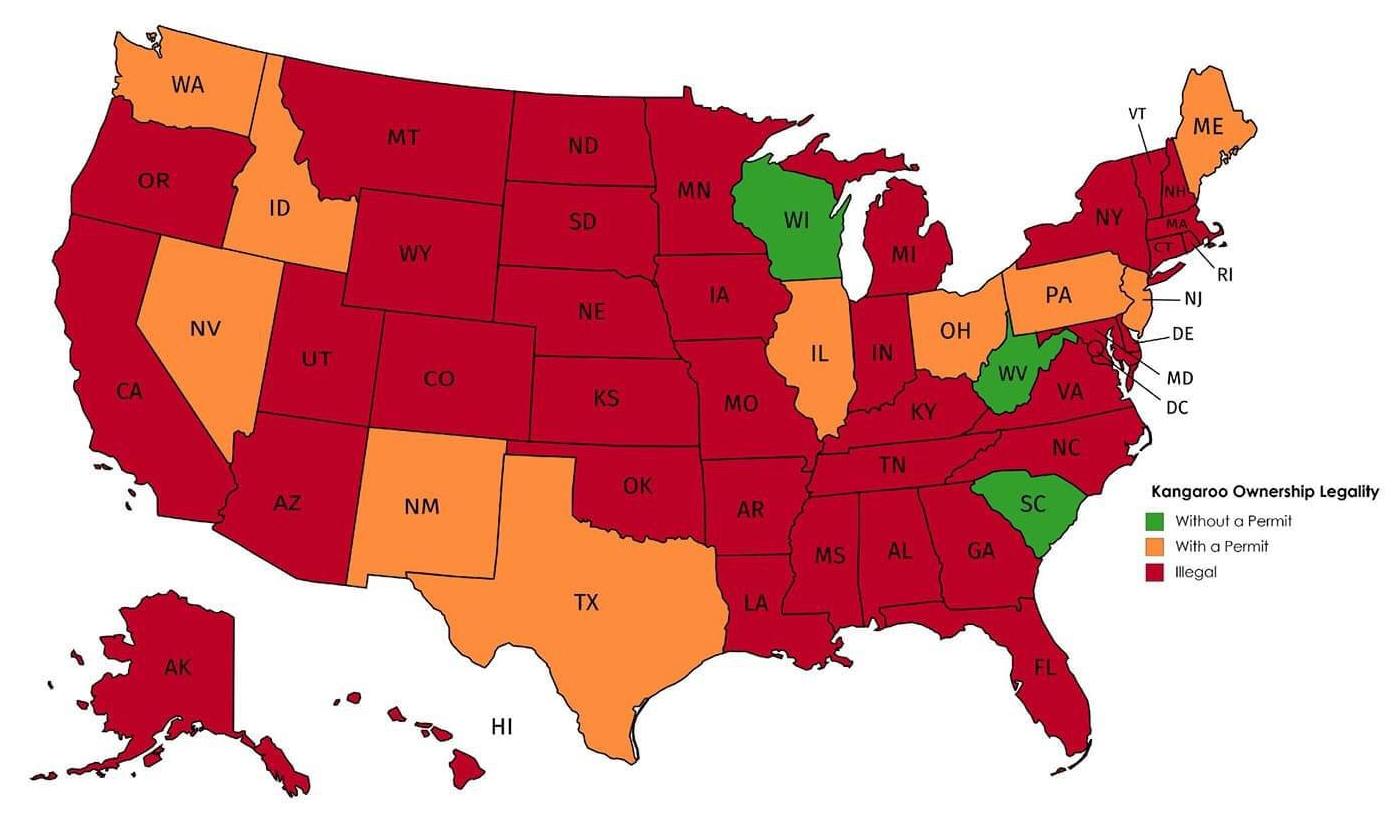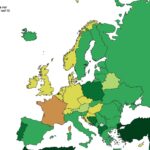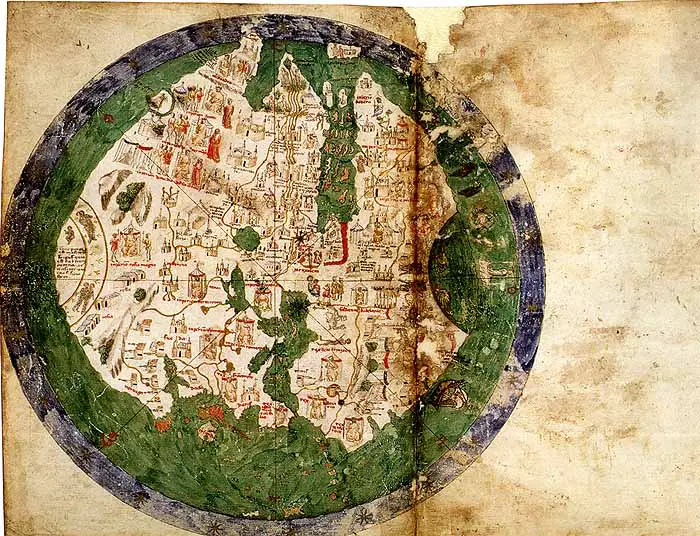The Gambia – The World’s Most Bizarrely Shaped Country
Ever looked at a map of West Africa and thought, what’s going on with The Gambia? It’s this long, thin country that snakes along a river, almost completely swallowed up by Senegal. At its widest, it’s only about 50 kilometers (30 miles) across, but it stretches nearly 480 kilometers (300 miles) inland.
This odd shape isn’t a fluke of nature. It’s the result of how European powers divided up Africa in the colonial era — and those decisions still affect life in The Gambia today.

A Border Drawn Around a River
The Gambia’s shape goes back to the 1800s, when Britain and France were competing for control in West Africa. The Gambia River was a valuable route — deep enough for ships, useful for trade, and, earlier on, part of the transatlantic slave trade. The British set up trading posts along the river in the 1600s and didn’t want to give up that position. Meanwhile, the French had taken over most of the land around it, what’s now Senegal.
To avoid conflict, the two countries signed an agreement in 1889. Britain kept a strip of land on either side of the river, around 10 miles (16 kilometers) wide, while France got everything else. That strip became The Gambia — a narrow stretch of British territory inside what would become French-controlled Senegal.
The result? A country built around a river, and boxed in on three sides.
A River That Cuts Both Ways
The river is what gave the country its borders, but it also divides it in half. For decades, if you wanted to cross from one side of The Gambia to the other, you had to take a ferry. That could mean waiting for hours — or not crossing at all, depending on the weather or breakdowns.
In 2019, the Senegambia Bridge opened. It spans the river near the town of Farafenni, connecting the north and south for cars and trucks. It’s helped trade, made travel easier, and linked communities that used to feel far apart — even if they were just across the river.
How the Country Is Set Up
The Gambia has five main regions, plus the capital. All of them follow the river inland, echoing the path that shaped the country in the first place.
| Region | Capital City |
|---|---|
| West Coast | Brikama |
| North Bank | Kerewan |
| Lower River | Mansa Konko |
| Central River | Janjanbureh |
| Upper River | Basse Santa Su |
| Capital City | Banjul |
The map below, created by Country Report, illustrates the administrative divisions of the Gambia and their regional capitals.

Banjul sits on an island where the river meets the Atlantic Ocean. It’s the official capital, but it’s small — the nearby cities of Serrekunda and Kanifing are much bigger. Together, they form the Greater Banjul Area, home to over 400,000 people. That’s where most of the country’s economy and infrastructure are concentrated.
Small Country, Big Challenges
The Gambia covers just 11,295 square kilometers (4,361 square miles), making it the smallest country on mainland Africa. With so little land and no direct access to most of its neighbors, it faces some unique problems.
Farming is still the main way people earn a living. Around 75% of Gambians work in agriculture, even though it only brings in about 20% of the country’s GDP. Major crops include:
- Peanuts (groundnuts) – the biggest export
- Rice – eaten everywhere, but local production can’t keep up with demand
- Millet and maize – mostly for local use
Tourism is also a major income source. Visitors come for the beaches, the wildlife, and especially the birds — the country has over 560 species. Most tourists arrive from Europe, especially during the winter months.
Fishing is another key sector, but overfishing and pollution are starting to affect both the ocean and the river.
Geography That Gets in the Way
The Gambia’s shape may look unusual on a map, but it causes real-life complications too:
- Border dependency – Since it’s surrounded by Senegal, The Gambia depends on its neighbor for trade routes, supplies, and even fuel. If relations get tense, things can get tricky fast.
- Transport issues – Roads in rural areas can be rough, and there’s no train system. Moving food or goods from one end of the country to the other is time-consuming.
- Environmental stress – The Gambia’s wetlands and mangroves are home to crocodiles, hippos, monkeys, and hundreds of bird species. But these habitats are shrinking because of logging, overfishing, and farming.
- Rising water – Climate change is causing more frequent flooding, especially in coastal and riverbank areas. Saltwater is creeping into freshwater areas, affecting crops and drinking water.
- Post-authoritarian recovery – After more than 20 years under former president Yahya Jammeh, who was forced out in 2017, the country is still working to build stronger democratic institutions and attract new investment.
What the Future Looks Like
The Gambia didn’t choose its borders — they were decided over 130 years ago by people far away. But the country has made it work. It’s stayed relatively peaceful, even during difficult times, and its people are known for their resilience and sense of community.
That said, geography still puts limits on what’s possible. The country will need to keep finding ways to improve transportation, protect the environment, and reduce its dependence on imports and external trade routes.
Still, it’s a place with a lot of energy and pride — and it’s more than just a strange shape on a map.
Have you ever noticed The Gambia’s outline before? What would it be like to live in a country that narrow? Feel free to share your thoughts in the comments.








